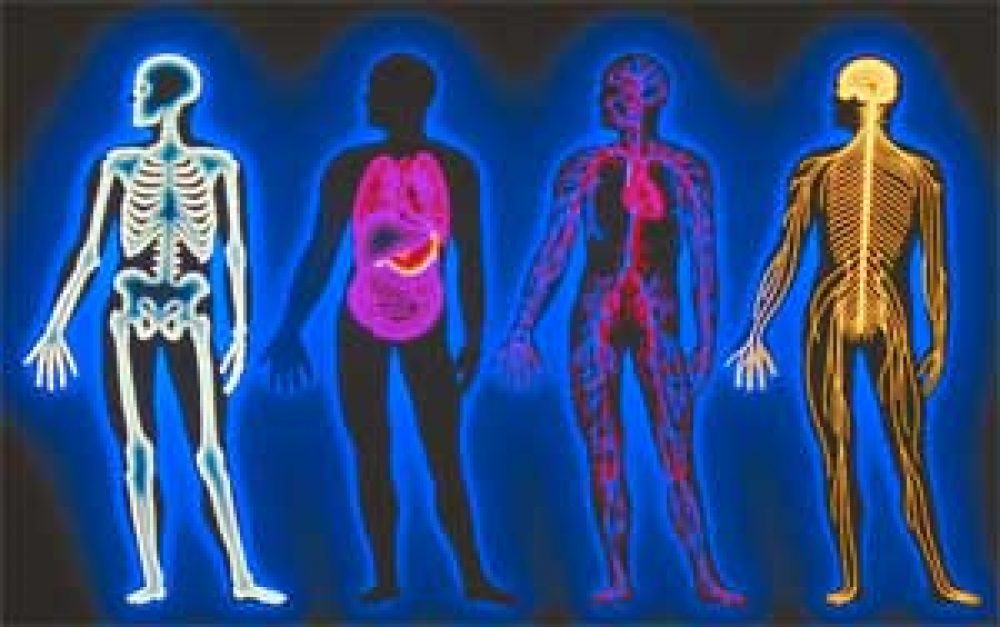A recent review of how endocrine disrupting compounds (EDCs) impact human health has prompted EPA to reconsider the way it measures risk from pesticides and other endocrine disrupting environmental contaminants. Finally.
EDCs may interfere with sensitive human hormone function in unpredictable ways, thus posing a complex challenge that the current approach to risk assessment is not equipped to address. The Agency's Office of Research and Development will, over the next few months, draft a formal position statement on how best to assess pesticides and other chemicals that can cause completely different health outcomes at different levels of exposure.
Pressure has long been building to make such a change. In addition to the recent review paper on the importance of considering low-dose exposures, the Endocrine Society just released a Statement of Principles on EDCs and public health protection. The statement critiques the current approach to risk assessment and urges EPA to consider the impacts of EDCs during early development.
Revamping risk assessment
In developing the agency's new position, EPA scientists will consider whether those chemicals that show different health outcomes at different exposure levels (known as a "non-monotonic dose response," for the technically minded) should be assessed differently — and if so, how. If EPA decides that such effects should indeed be considered, this will introduce a much greater complexity, and refinement, to current assessment of risk.
An appropriate assessment of EDCs would base screening on principles of endocrinology. Because hormones play a key role in development with permanent consequences, the definition of harm would also need to be broadened to include interference with hormone action.
Some of these lifelong health outcomes, which might stem from exposures during fetal or infant development, are not identified by traditional toxicology as adverse effects.
Real-world evidence
PAN's work conducting air and water monitoring with community partners indicates that low-dose exposures occur frequently with a number of pesticides, some of which are known EDCs. PAN's recent report from Minnesota provides one recent, on-the-ground example.
It's time for EPA to look at both real-world exposures and scientific evidence of endocrine disrupting effects, and make a real change in how it assesses the risks of pesticide exposure.







